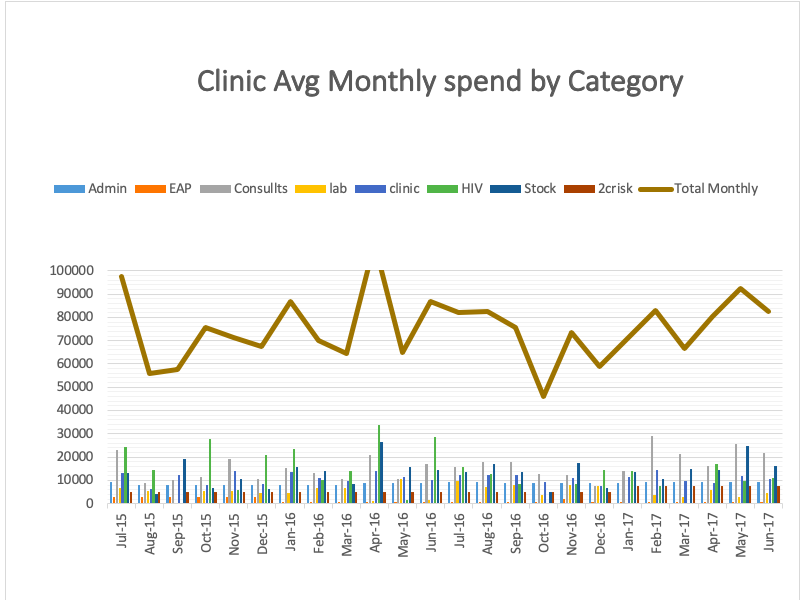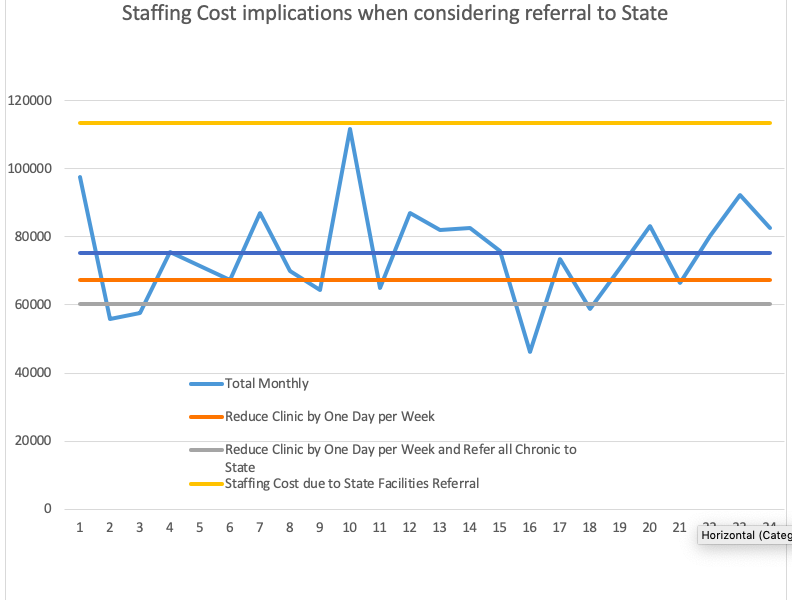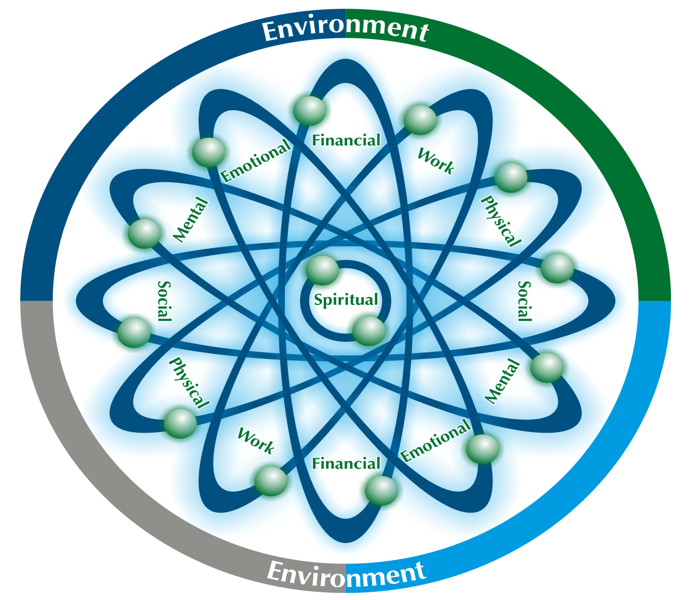Calibre’s view on the future of the provision of Health & Wellness services to Organisations and their Employees
Part 3 – Disease Management and Risk Analysis
The Disease Management Programme (DMP) becomes the Catch Net for employees where Chronic Disease has already manifested and requires regular treatment and monitoring. In these instances, a well-structured and delivered DMP ensures that the chronic condition remains just that and hospitalisation or extended off work does not ensue. DMP generally provides for what is commonly referred to as Lifestyle Diseases. The most common of these are;
- HIV/AIDS
- Diabetes
- High Blood Pressure
- Cholesterol
- Obesity
The organisational impact of these diseases and when they are referred to the state for treatment are generally quantified in the days off work to collect medication, see doctors and obtain laboratory and other investigations. The average time off work is around >1.5 days per month and is significant cost the organisation. When there is a Primary Care Clinic On-site to deal with these Lifestyle Diseasesthe cost saving is enormous, as the employee is only away from his/her place of work for 10 -15 minutes to collect medication and have the necessary medical investigations done. The table below represents the average spend by service category for an organisation of approximately 300 employees over a 2-year period. It is clear that one can see the seasonal spike around May/June when influenza is present however, over the period the actual cost is declining as more employees are vaccinated. The average cost to deliver this On-site Clinic service remains on average around R240.00 per month per employee, with the highest cost items being;
- HIV treatment with 100% screening completed and 100% on treatment and monitoring.
- Doctor Consults, which includes, acute, chronic and Fit-for-Work
- Actual Clinic Stockincluding medication and consumables.

The table below illustrates a situation where the organisation has considered general cost savings and asked what the cost-saving would be if all the chronic cases which included women obtaining family planning were to be referred to the State. The outcome clearly showed that the Absenteeism Cost, which conservatively calculated, would be around 1.5 days per chronic case per month absent from work to go to the State facility and in certain instances would necessitate a temporary staff replacement. The yellow line clearly shows the average monthly cost implication on absenteeism well above the dark blue line, average monthly Clinic Running Costs. It can clearly be seen from the orange line and the grey line that the 2 possible suggested savings, in fact, had minimal impact on the running costs.

Risk Analysis
Understanding the risk that an organisation faces in relation to the health and wellbeing of their employees is not only a nice to know, but also it is critical from a legislative, reputational and financial standpoint. It is common that companies have been prevented from continuing operations after an accident, injury or fatality on site, and which could possibly have been avoided had the employees been fully “present” at work both physically and psychologically. It is therefore essential to be aware and understand that an employee has a Job description and a Job description has a clearly defined Job Task Analysis (JTA). That when one looks at the JTA you realise that it brings with it inherent risks to which the employee is continually exposed. On the other hand, the employee is a person with around 8 dimensions shown in Table 5below, ranging from the physical dimension to the emotional dimension, and on to the spiritual dimension, and this they bring with to work every morning. If for argument sake the emotional dimension is under severe strain then certain aspects of the JTA will also be under severe strain, then there exists a probability that an unwanted event may take place. Any such event will have a financial, reputational or human capital risk exposure to the client. For the employee, it presents a health and injury risk. The basic elements to consider when managing these risks are
- Job Task Analysis – Analysing the tasks and activities performed by each employee is important to prevent any unwanted accident or injury at work.

- Site Environmental Health and Safety Audit– Getting an environmental health and safety audit done allows the organisation to be aware of the risks that the environment presents to the employees and other stakeholders. It is important that an organisation take the appropriate actions once they become aware of any risks that may exist as it directly affects the sustainability of the organisation. These audits further highlight the risks that a specific Job is exposed to and will be taken into consideration during any Fit-for-Work medical examination.
- Personal medical examination – Once the JTA is completed and the environmental risks been identified, then this information will be presented when the annual or routine medicals are performed to determine Fit-for-Work. The results of the medical will determine if the employee has been impacted either by the job they are performing or by the environment in which they are working. It will also highlight if the employee by virtue of the medical status and the requirements of their JTA including the environment is subjecting the organisation to potential liabilities.


